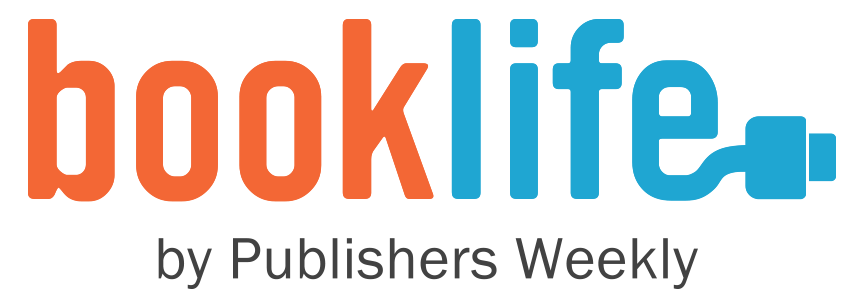
Gabrielle Dahms’ Figure Drawing: Rhythm and Language of the Human Form is an insightful guide for aspiring and seasoned artists alike, diving deeply into the intricate art of capturing the human figure. The book weaves together technical instruction, personal anecdotes, and artistic philosophy, emphasizing both the fundamentals and the expressive possibilities of figure drawing. From understanding proportions and anatomy to mastering gesture and rhythm, Dahms frames drawing as a discipline that blends observation, skill, and creativity.
The author’s writing is earnest and passionate, often reflective. I appreciated how she shared her own struggles as a novice artist, particularly her initial impatience and desire for praise. This vulnerability makes the book relatable, transforming it from a mere instructional manual into a personal narrative about artistic growth. Her storytelling, such as returning repeatedly to a Rembrandt painting over decades, adds a poignant layer to the technical advice. Dahms excels in breaking down complex concepts into approachable lessons. The section on foreshortening is particularly helpful, guiding readers through the challenges of perspective with practical steps and vivid descriptions. Her advice to “abstract forms into geometric shapes” before layering detail is a game-changer for simplifying seemingly daunting tasks.
What truly stood out to me was her emphasis on the emotional and spiritual aspects of drawing. Her perspective that figure drawing is “observation in action” and a “meditation about life” resonates deeply. In discussing live versus photo-based drawing, she beautifully argues that “anything alive has something messy about it,” celebrating the imperfection and energy that live models bring to art. This poetic view of artmaking injects inspiration into the otherwise technical material.
Figure Drawing: Rhythm and Language of the Human Form, by Gabrielle Dahms, is a rich, thought-provoking guide for artists who crave both practical techniques and a deeper connection to their craft. I’d recommend it to art students eager to learn the nuances of drawing or experienced artists looking to refine their skills and philosophies. This book isn’t just a tutorial; it’s a call to see the world and oneself through the eyes of an artist.
...an invaluable and highly recommended resource for dedicated artists.


